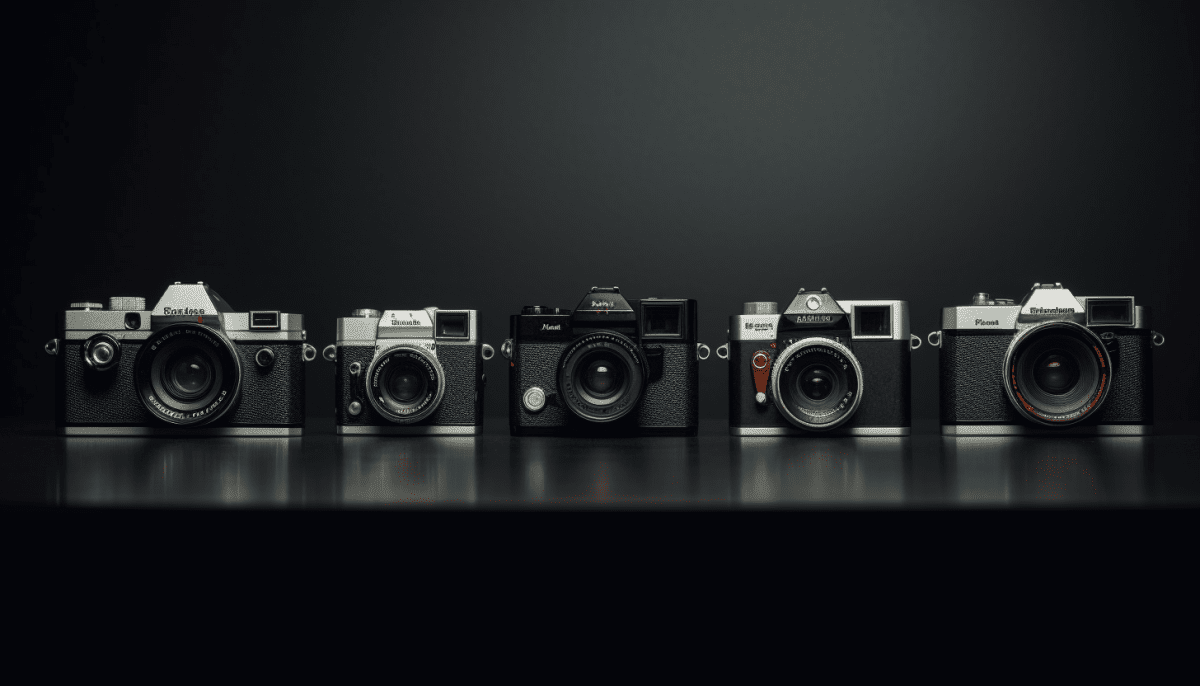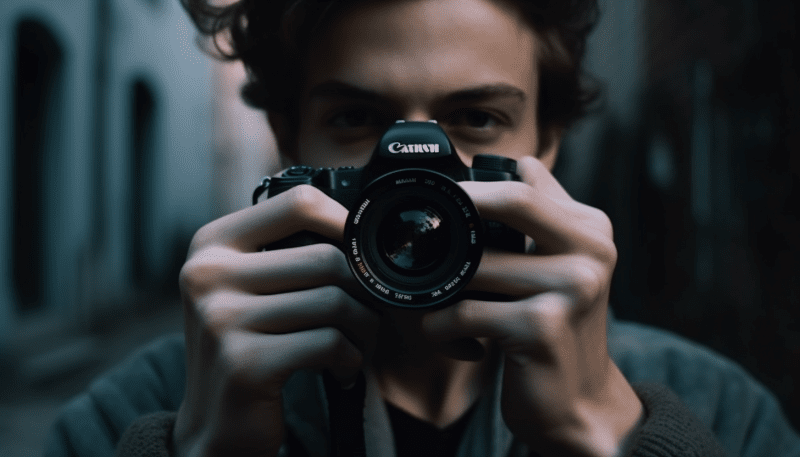Throughout history, cameras have been there to capture the moments that define our world. From the first snapshots in the 19th century to today’s high-tech digital images, each click of the shutter tells a story. Think about iconic moments like the landing on the moon or the fall of the Berlin Wall. Each image freezes time, allowing us to remember and reflect on significant events.
One of the most remarkable things about photography is how it can transport us back in time. A simple photograph of a bustling street in the 1950s can evoke nostalgia and give us a glimpse into daily life back then. These snapshots not only capture faces but also emotions, styles, and cultural shifts that resonate even today.
Consider how photos from the civil rights movement have shaped our understanding of that era. They display the courage and resilience of those who fought for justice. These images are more than just pictures; they serve as powerful reminders of our history and the progress we're making.
And let’s not forget personal moments: birthdays, weddings, or even everyday family gatherings. These images may not make headlines, but they hold immense significance in our hearts. They remind us of love, connection, and the passage of time, each one telling a unique story.
In this journey through the lens of a camera, we see the evolution of not just photography but also how we, as a society, have documented and interpreted our experiences. Every snapshot is a piece of a larger puzzle, and as technology continues to evolve, so will the stories we capture along the way.
How Cameras Have Evolved Over the Years
Cameras have come a long way since their early beginnings. Remember those days when capturing a moment meant lugging around a heavy box and waiting days to see the results? The first cameras back in the 19th century were all about patience. They used glass plates to capture images, which was quite a task! People had to stand still for what felt like ages just to get a decent photo.
As time went on, technology embraced the art of photography. The introduction of roll film in the late 1800s was a game changer. Suddenly, you could take multiple shots without having to worry about cumbersome plates. This made photography more accessible to everyone, not just the professionals! Kodak's slogan “You press the button, we do the rest” really summed it up—the magic of capturing memories was now in the hands of the masses.
Fast forward to the late 20th century, and we saw the birth of digital cameras. With these, we could instantly review shots and delete the ones that didn’t make the cut. No more waiting for development! These devices were more compact too, making it easy to carry a camera wherever you went. It was a thrilling time for photography enthusiasts as they could snap away without the worry of running out of film.
Today, our smartphones have taken over as the go-to cameras. With high-quality lenses and advanced software, they can produce stunning images with just a tap. Features like portrait mode, filters, and instant sharing make it easier than ever to capture and share moments in real-time. It’s fascinating to think how far we’ve come—what started as a labor-intensive process is now something we can do in seconds!
Key Innovations in Photography Tech
Photography has come a long way, and the tech behind it has played a huge role in that journey. One of the biggest innovations is digital cameras. They made photography more accessible and convenient. Instead of buying rolls of film, snap away, and view your shots instantly. This shift opened up a world of creativity for everyone, from casual snappers to professionals.
Another game-changer has been smartphone cameras. They transformed how we capture moments. With powerful sensors and advanced editing features, our phones have become mini studios in our pockets. You can take great shots anytime, anywhere, without the need for bulky equipment.
Let's not forget about mirrorless cameras. These lightweight champions combine high quality with portability, making them favorites among many photographers. With no mirror reflex system, they are faster, quieter, and offer real-time previews. Now, you can focus on snapping that perfect moment without missing a beat.
Finally, advancements in AI technology have really improved the photography experience. From automatic scene recognition to enhanced low-light performance, AI helps ensure that every shot turns out great. It’s like having a little assistant with you, making sure you're always ready to capture the best version of your world.
Choosing the Right Camera for You
Choosing the right camera can feel a bit overwhelming, especially with so many options available today. Whether you're a casual snapper or looking to dive into photography as a hobby, knowing what to look for can make the process much smoother.
First, think about how you plan to use the camera. If you just want to capture family moments or vacations, a compact or point-and-shoot camera might be all you need. These cameras are easy to use, and you can slip them into your bag or even a pocket!
If you’re more serious about photography, consider a mirrorless or DSLR camera. These types offer greater control and flexibility over your shots. Look for features like interchangeable lenses, manual settings, and good low-light performance, especially if you like shooting in varied conditions.
Don't forget about the importance of image quality! Check out the megapixel count, but remember that more isn’t always better. A good lens and sensor quality can make a significant difference in the final image.
Lastly, your budget matters! Camera prices can range widely. Set a budget and remember that sometimes you can find great previous models on sale. Invest in a camera that feels right for you and meets your needs without breaking the bank.



